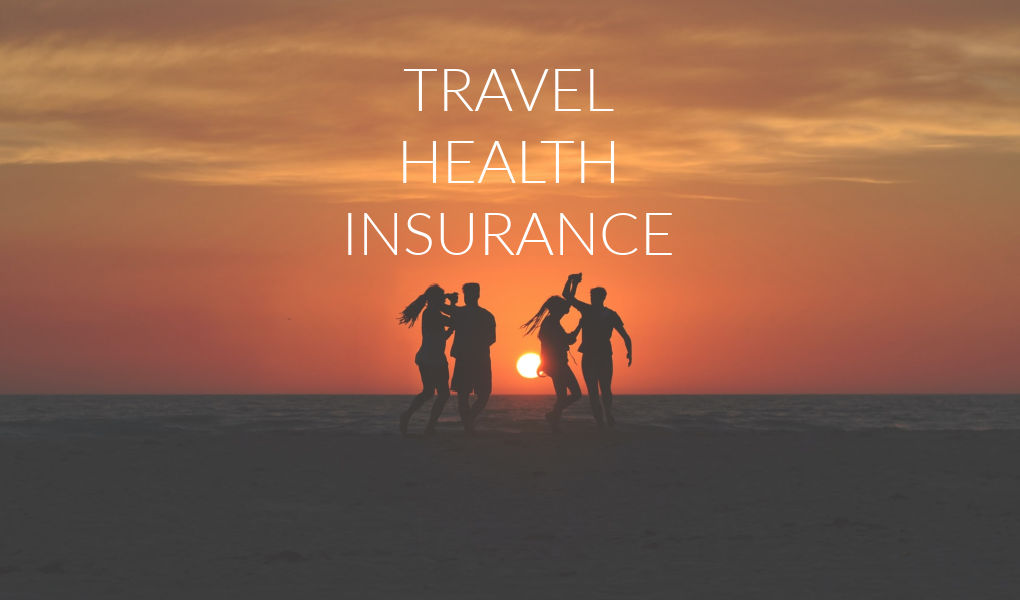We picked up a one-year World Nomads travel health insurance plan before embarking on our round-the-world adventure. The grand total for both of us came to $2,100 (so, that’s $1,050 each if you’re into math). And while it’s an excellent plan, we’re about to get real with you: We’re sharing our personal experience here, warts and all. This quick review will get you in the know about travel health insurance and help you avoid blowing your budget (or overinsuring, which is like packing three pairs of boots for a beach trip).
Fast forward to today, and the same “standard” plan would set you back about $2,400 (aka $1,200 per person).
Spoiler alert: we didn’t want to keep shelling out that kind of dough, so we decided to ditch World Nomads after the first year.
We’re not throwing shade, but we did start noticing that many travel bloggers were all about World Nomads—probably because they’re getting a sweet referral commission. Don’t worry, though—there are plenty of better options out there, and we’ll break them down for you below.
Ready to save some cash? Let’s go!
TRAVEL HEALTH INSURANCE
World Nomads Insurance Review
Practical Travel Health Insurance
Travel Medical Insurance For Pre-Existing Condition
Adrenaline Junkies and Thrill Seekers
Free Perks Using Credit Cards
Watch Out For Things Not Covered
World Nomads is Expensive
What Insurance Did We Use?
Schengen Visa Insurance
Nomad Insurance
Countries That Require Travel Health Insurance
COVID-19 Travel Health Insurance
Staying Healthy on the Road
World Nomads Insurance Review
Big-name travel bloggers like Nomadic Matt, the Broke Backpacker, and the Expert Vagabond rake in serious dough by hyping up World Nomads through affiliate links. And yeah… looking back, we were probably a little starry-eyed and fell right into the trap. Classic rookie move.
⚕️ We Use Insubuy Travel Health Insurance > Quick Quote
Of course, in hindsight, we should have been less afraid and considered cheaper and more sensible alternatives like Insubuy’s Patriot International Lite Travel Health Insurance.
After years of globetrotting and becoming low-key experts in travel health insurance (it’s not glamorous, but hey, someone’s gotta do it), we’ve come up with five solid reasons to not throw your money at World Nomads:
- No love for preexisting conditions. If you’ve got one, they’re not covering it. Harsh but true.
- Made for daredevils. If you’re not cliff diving in Iceland or base jumping in New Zealand, you’re probably overpaying for coverage you’ll never need.
- Perks? You already have them. A lot of the “extras” they advertise come free with many credit cards.
- Surprise! You’re not covered. Read the fine print—there are exclusions that might leave you hanging.
- They’re pricey. Compared to competitors like Insubuy, it’s like shopping at a fancy airport store when there’s a perfectly good supermarket down the street.
Now don’t get us wrong—World Nomads is a legit company. They’re not out to scam you or anything. They’re just… well… pricey. Like, concert-tickets-with-service-fees pricey.
But most folks still fork over the cash. Why? Because:
- Researching insurance is about as fun as watching paint dry.
- Everyone else seems to be using World Nomads, so it must be safe, right?
- FOMO. Nobody wants to be the only traveler without “the good insurance.”
- They do have plenty of decent reviews (and a killer marketing team).
Long story short: Don’t be like us circa year one. Be curious. Do the homework. Your wallet will thank you—and so will your future self sipping mango juice on a beach, feeling smug about your savvy insurance choice.
Below, we’ll discuss more negative aspects of purchasing World Nomads, in greater detail. Also, we’ll shed some light on why we decided to go with Insubuy travel health insurance. For example, one of the main reasons we like Insubuy so much is that they offer a wide range of plans—they make it easy to adjust deductibles and coverage so that you won’t feel under or overinsured.
🛡️☂️📋🏥 Insubuy > Quotes & Purchase
Practical Travel Health Insurance
Over the past seven years of full-time travel through around 70 countries (yeah, we’ve got a few passport stamps), we’ve been lucky—only needing to see a doctor outside the U.S. a handful of times. Knock on wood… or hostel bunk bed.
While we were insured with World Nomads, we had two notable incidents: one involved a minor eyeball situation in Thailand, and the other was a sad, clumsy moment involving a laptop. The good news? World Nomads actually came through for both, with minimal hair-pulling involved.
The eye doctor we saw was in a shiny, ultra-modern tourist hospital in Phuket—the kind of place where the lobby looks like a spa and smells like eucalyptus. Our emergency room visit? It would’ve cost us all of $50 if we’d paid out of pocket. So… yeah, not exactly bankruptcy-inducing.
And then there was the laptop. One of us managed to crack the screen (RIP little buddy) while on the move. The thing was barely a few hundred bucks new—definitely not a MacBook—but still, World Nomads helped cover it, which was a nice surprise.
So credit where it’s due: when we needed to use it, World Nomads worked. But if we’re being honest, the situations were minor, the out-of-pocket costs would’ve been manageable, and we probably didn’t need a premium insurance plan to handle them.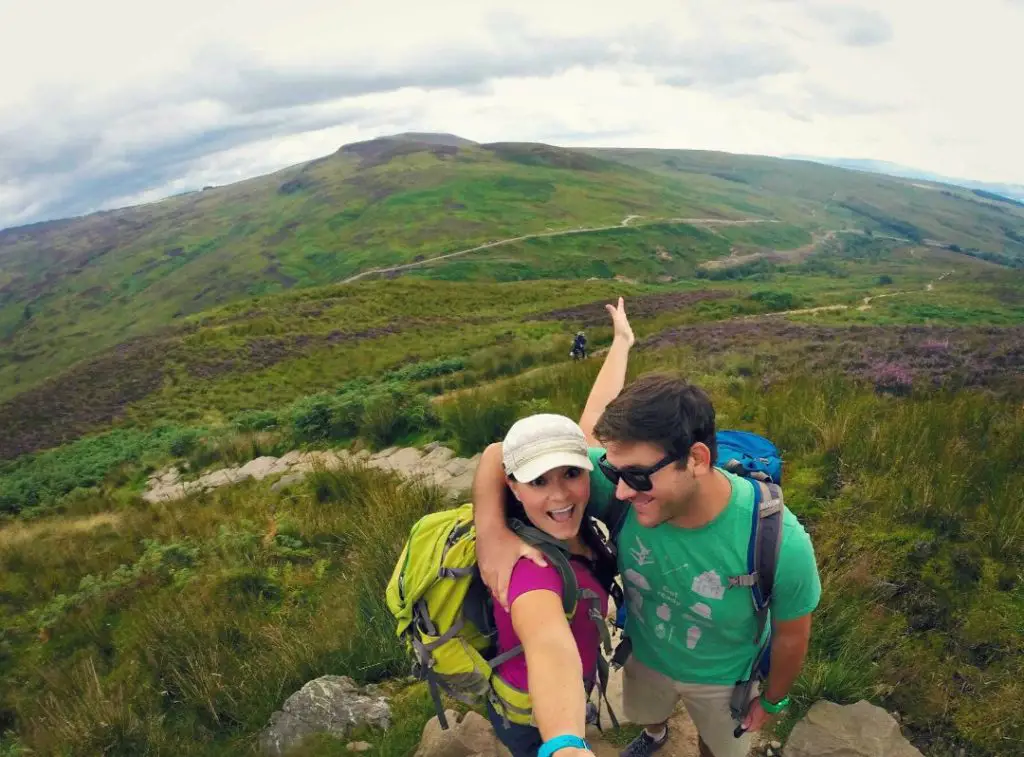
With World Nomads’ standard plan, you’re only covered up to $500 per item—which, let’s be honest, barely gets you a replacement charging cable in some airports. So when our laptop screen met its untimely end, World Nomads covered the repair cost: a solid $185. Not bad!
Let’s do some quick (slightly painful) math: We shelled out $2,100 for a year of travel insurance coverage (aka the “premium”), and in return, we got $235 in benefits. That means we paid $1,865 more than we actually needed to. In hindsight? We were definitely overinsured—kind of like bringing six rain jackets on a beach trip because someone read a blog post about “tropical downpours.”
Moral of the story? Skipping expensive travel health insurance (especially if you’re young, healthy, and not planning on wrestling crocodiles) can save you serious cash. And guess what that money could do instead? That’s right—extend your trip. One more week in Greece, an extra month in Southeast Asia, or maybe just unlimited tacos in Mexico. Priorities, people.
Some Activities We’ve Participated In
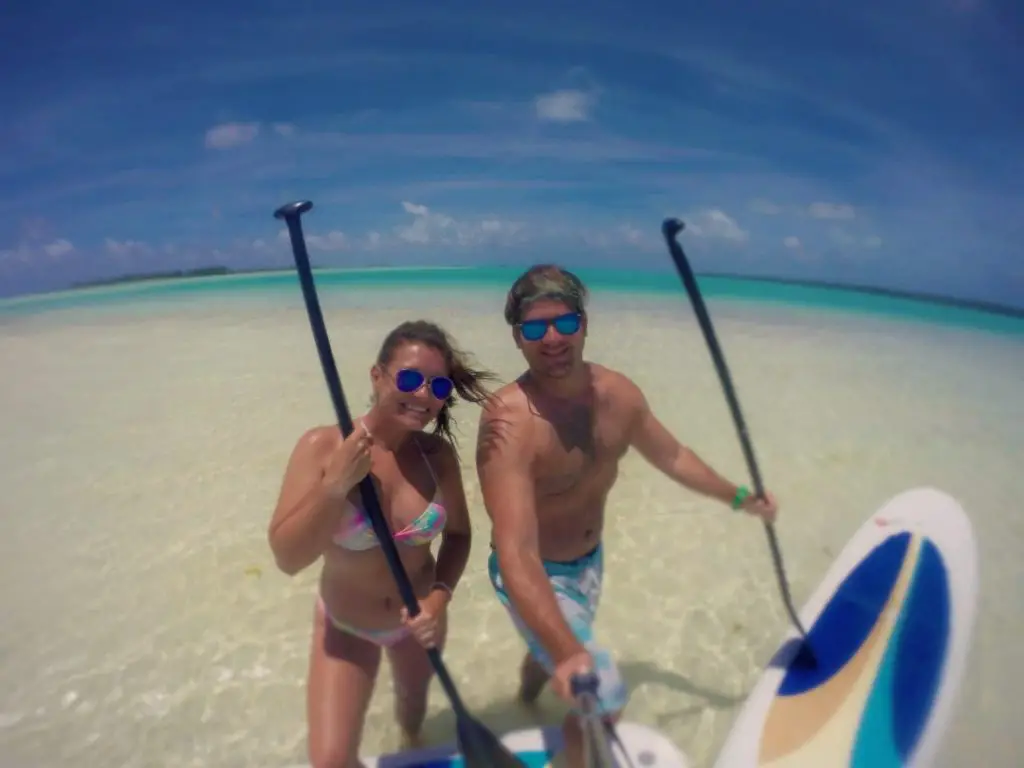
Just so you know we’re not exactly living a bubble-wrapped lifestyle, here’s a quick peek at some of the mildly questionable but wildly fun things we’ve done over the years. No, we haven’t mustered the courage to fling ourselves off a bridge with a bungee cord or jump out of a plane—yet—but we’ve still managed to collect our fair share of “wait… is this safe?” moments:
- Snorkeling
- Long-distance hikes
- Whitewater rafting
- Helicopter flights
- Extreme canyoning (rappelling)
- African safaris
- Scottish hillwalking
- Tiger Safari in India
- Taroko Gorge, Taiwan
- Hot air balloon rides
- Tuk-tuks and trike rides
- Renting a scooter in Thailand for two months
- Scuba diving in the Great Barrier Reef
In other words, we’re not living passive lives.
Preexisting Medical Conditions Are Not Covered by World Nomads
Let’s be real: if you’re gearing up for a round-the-world trip or some long-term travel, chances are you’re in pretty decent health. That’s good news for you—and also pretty convenient for World Nomads, because their policy doesn’t cover preexisting medical conditions.
Now, technically, you can still buy a World Nomads plan if you have a preexisting condition. They just politely (and legally) say, “Yeah, we’re not covering that.” So if your appendix has been plotting against you or you’ve got some ongoing medical situation, World Nomads probably isn’t your dream match.
But don’t lose hope! If you’re worried about preexisting conditions, you might want to check out Insubuy and their magical-sounding pre-existing conditions waiver. It’s not actually magic, but it does waive some exclusions—if you purchase the policy close to your initial trip deposit. That’s right: the early bird gets the coverage.
Adrenaline Junkies or Thrill Seekers
If your idea of a vacation involves defying gravity or casually risking a limb, then hey—you’re probably World Nomads’ target audience. Jumping off cliffs? Falling off boats? Getting “mildly injured” while ziplining in a foreign jungle? Yeah, that’s their vibe.
And honestly, a lot of these injuries aren’t from the activity itself—it’s the questionable decisions made beforehand. You know, like pairing tequila shots with motorbike rentals. No judgment. We’ve all been there (or at least nearby).
If you’re planning on living your best thrill-seeking life, where the chances of “something going wrong” are slightly higher than usual, then World Nomads might actually be a solid choice. It’s basically built for folks who collect GoPro footage and adrenaline like souvenirs.
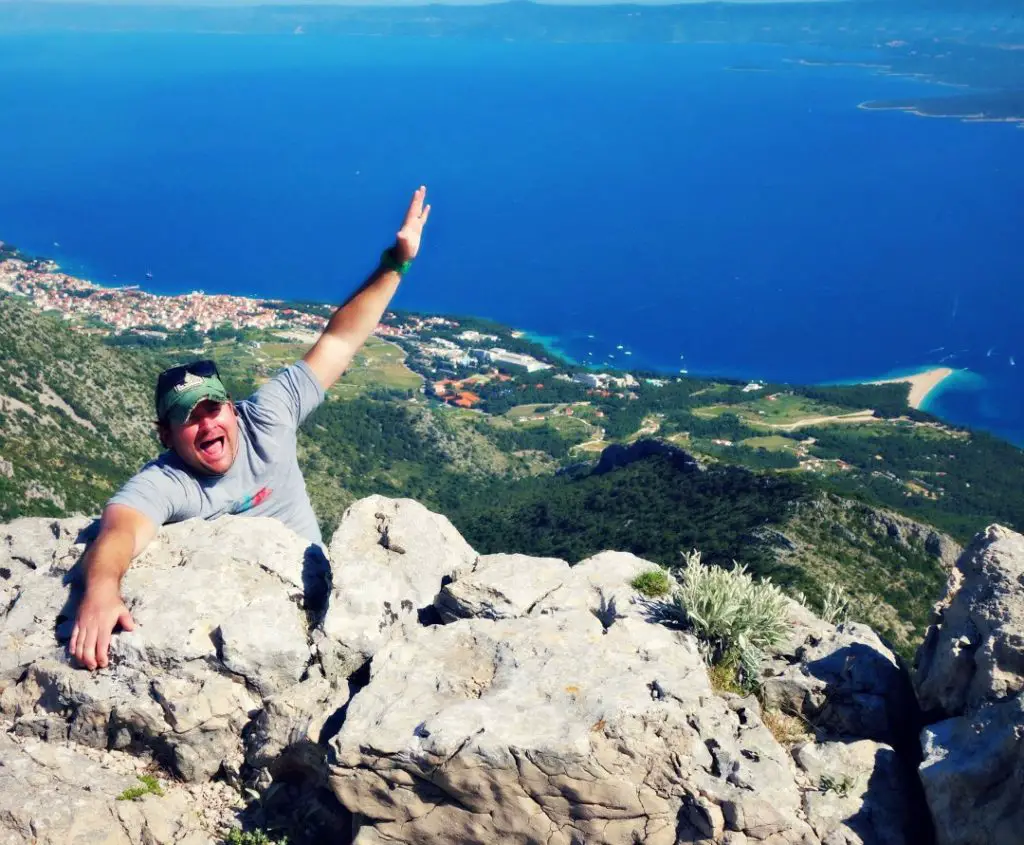
Why do so many people go with World Nomads? Well, one shiny perk is their $0 deductible. That’s right—once you’ve forked over the premium (that juicy lump sum), you’re covered up to $100,000 in medical expenses without having to pay a cent more out of pocket.
Sounds great, right? And it is… kind of. But here’s the catch: with zero deductible, there’s also zero friction when it comes to making risky decisions. You’re basically telling your brain, “Hey, go ahead and do that mildly sketchy canyon swing—you’re covered!” The policy, in a way, gives off major YOLO energy.
But there’s a smarter way to play this game—and it’s called customization. With Insubuy, you can tailor your plan like a well-fitted travel backpack. Want to do some adventurous stuff? No problem—just add “adventure sports” coverage to your policy. You can also tweak your deductible and coverage limits so you’re not accidentally buying a gold-plated policy when you only needed bronze.
Here’s a pro tip:
If you’re heading out on, say, a three-month trip and only going full Lara Croft for one of those months, then split your plan. Yup, you can break it up so you’re only paying for that extra “high-risk” coverage when you actually need it. The rest of the time, keep it basic and save your cash for something way more fun—like dumplings or desert safaris.
Many of World Nomads Perks Come Free by Using Your Credit Card
There are many perks that World Nomads include in their plan. However, some of them you can get for free by simply charging the entire travel fare to your eligible credit card.
For example, with our Visa signature card, we receive the following benefits for free:
- Travel Accident Insurance: Receive a payout to you or your survivors for common carrier accidental death or dismemberment.
- Lost Luggage Reimbursement: If lost or stolen, checked or carry-on luggage is covered up to $3,000.
- Purchase Security: Replaces, repairs, or reimburses you for eligible items of personal property up to $500 per claim for 90 days from the date of purchase due to covered reasons.
- Warranty Manager Service: Get double the period of the original manufacturer’s written U.S. repair warranty up to one (1) full year on warranties of three (3) years or less.
- Travel and Emergency Assistance Services: Get help coordinating medical, legal, and travel services while outside the US.
- Auto Rental Collision Damage Waiver: Receive coverage, at no additional cost, for damage due to collision or theft.
Trip Cancellation, Trip Interruption, and Trip Delay
Alright, credit where credit’s due: one thing we actually do like about World Nomads is their coverage for trip cancellation, trip interruption, and trip delay. It’s a nice little safety net. That said—we’ve traveled to about 70 countries over the past 15 years and have never once needed to use it. (Knocking on all the wood around us.)
Still, we get it—trip delays can be a real itinerary-ruining pain, especially if you’re booking flights à la carte with different airlines. Say you’ve got one flight with Airline A and another with Airline B (who definitely don’t talk to each other). If Flight A gets delayed, and you miss Flight B? That’s where World Nomads can potentially save the day.
But—and it’s a big ol’ asterisk—the delay has to be three hours or longer for the benefit to kick in. So if your flight is delayed 2 hours and 59 minutes (classic), or there’s a weird issue with landing and you still miss your connection… no dice. You’re on your own at the gate, frantically Googling hotel options.
So what’s a savvy traveler to do? Instead of overpaying for full-blown World Nomads insurance just in case your flight goes haywire, a smarter move is to buy flight-specific trip insurance for the connections that matter. It’s cheaper, more targeted, and won’t have you silently begging for a 3-hour delay just to justify your coverage.
Also important: you can’t cancel your trip for any reason and expect a payout. World Nomads is clear about that. Unless it falls under their approved list (think: natural disasters, political unrest, terrorism, or war—y’know, the light stuff), you’re out of luck.
Watch Out For Things That Are Not Covered
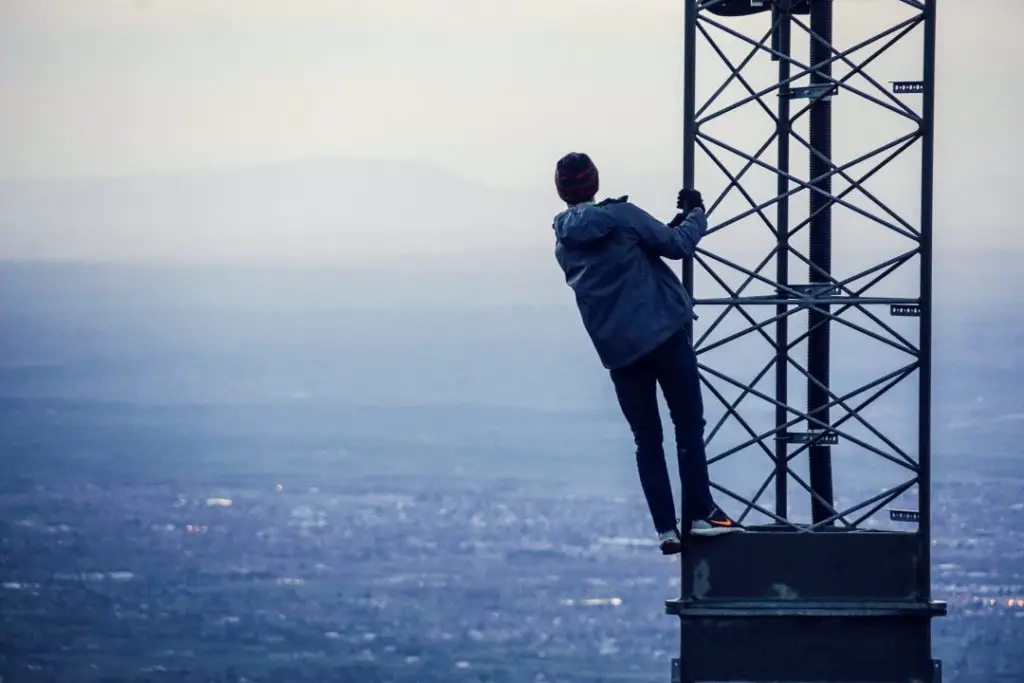
World Nomads travel insurance will cover most normal occurrences in daily life. However, 44 disclosures on their website address circumstances where they will not pay for costs arising from specific situations, including:
- Accidents while under the influence
- Consensually contracted sexually transmitted diseases
- Traveling overseas to receive medical treatment
- Illegal activities
- Preexisting conditions
- While working overseas
- Needless risks
- Not all countries are covered
- Failure to take appropriate action to avoid or minimize expenses
A lot of these disclosures are fairly typical on all plans. However, it’s still a good idea to confirm the exclusions with your specific plan. Here is a list of all of the exclusions associated with the Patriot International Lite Insurance plan (starts on page 29).
World Nomads is Expensive When Compared to Competitors
Realistically, if you’re in normal health then seeing a doctor or purchasing prescription drugs around the world is fairly cheap (by Western standards). For example, Audrey visited a dermatologist in Croatia, and the procedure cost $30.
We both had our teeth cleaned and examined in Budapest, Hungary for about $50 for both people. Audrey’s prescription for NuvaRing cost us about $20 when we were working in the US, with top-notch medical insurance. Around the world, we can usually find it for between $15 to $30 without using medical insurance.
After using World Nomads travel insurance for the first year, we transitioned to Patriot International Lite with Insubuy. It covers everything that World Nomads does but at a fraction of the cost.
The transition made sense for us because we were looking to cover only catastrophic accidents and medical emergencies. We were looking for insurance with a high deductible and plenty of coverage. We opted for a plan with a $2,500 deductible and $100,000 coverage.
For example, if we were to break a bone we wouldn’t mind paying the expense directly out of pocket, as it would probably be less than $1,000—once again, this is when visiting countries with cheap medical costs.
Visiting Countries With High Health Care Costs
We’re by no means encouraging others to travel without travel health insurance. However, the longer we travel, the less medical insurance has become a stressful concern.
Also, everyone handles stress differently and we can’t recommend something based on someone else’s risk and comfort levels. We can only share our experiences.
An option to spending thousands of dollars on World Nomads travel insurance is to purchase Insubuy’s Patriot International Lite Travel Health Insurance. You can do this by either purchasing travel health insurance to cover your trip:
- For the entire period.
- Only when visiting countries with high health care costs.
Regarding the second option, when we were traveling through Asia we didn’t carry travel health insurance, except when we visited Japan for three weeks. In other words, you can purchase travel health insurance for specific segments of your round-the-world trip or while traveling internationally. Looking back, we regret paying for World Nomad’s expensive plan when we traveled through countries with low healthcare costs.
So What Did We Do?
When we concluded that we were spending too much (overinsured) on travel health insurance we transitioned to Insubuy’s Patriot International Lite Travel Health Insurance. We purchased the 2,500 deductible, with a $100,000 policy maximum plan. Once again, this was at a fraction of the cost of World Nomads.
🛡️☂️📋🏥 Insubuy > Quotes & Purchase
We were covered for a couple of years. Sometimes, we only paid one month at a time—it all depended on where in the world we were traveling and how we felt. After each major location change, we’d tweak the plan a bit to make sure our risk level felt right and that we weren’t overpaying. Much of the tweaks were based on how we felt both physically and mentally.
Schengen Visa Insurance
Non-U.S. citizens who travel to Schengen countries or US citizens who stay in Schengen countries for longer than 90 days must purchase Schengen visa insurance. Typically, this unique type of insurance includes:
- Accidental death & dismemberment
- Return of mortal remains
- Emergency medical evacuation/repatriation
- Trip interruption
- Instant visa letter
- Emergency medical expenses
Nomad Insurance
Remote workers who are living a nomadic life may be interested in nomad insurance. Essentially, nomad insurance is medical insurance that focuses on long-term coverage for people who are living or working outside their home country.
Insubuy refers to this type of coverage as Traveler Insurance – International Medical Insurance. The main benefit of Insubuy’s nomad insurance is:
- It covers pre-existing conditions.
- Allows the insured person to travel to another country for care.
- Covers routine healthcare expenses like wellness checks and dental work.
Countries That Require Travel Health Insurance
You’ve paid for your flight, booked your hotel, and even rented a rental car but did you check to see if the country you’re visiting requires travel health insurance for entry? With this pandemic, more and more countries are requiring that visitors carry travel health insurance so that they don’t get stuck with the bill.
Many travelers will find comfort in the fact that if they were to get injured or sick abroad that their insurance would cover the costs. After all, vacations are about relaxation, not stress. Therefore, it’s a good idea to see if the country you’re visiting is on the list of countries that require travel health insurance for entry, see below.
Anguilla, Aruba, Bahamas, Belarus, Brazil, British Virgin Islands, Cambodia, Cayman Islands, Colombia, Costa Rica, Cuba, Dubai, Ecuador, European Schengen Countries, French Polynesia, Georgia, Iran, Lebanon, Oman, Pakistan, Panama, Puerto Rico, Qatar, Russia, Rwanda, Seychelles, South Africa, St. Maarten, Thailand, Turkey, Turks and Caicos Islands, Ukraine, United Arab Emirates, United Kingdom, United States, Vietnam
Staying Healthy on the Road

Staying healthy while traveling isn’t just about packing the right meds—it’s about mitigating risks to keep your healthcare costs as low as possible. Because let’s face it, the less time you spend in a doctor’s office, the more time you can spend doing fun stuff like eating street food and jumping into waterfalls.
Backpackers know that schlepping around a heavy rucksack is basically a free workout, but if we’re being honest, there’s some simple health advice every traveler should follow to keep things smooth. So, here are our top tips for staying healthy on the road:
1. Not Staying Out Past Midnight
Here’s a little wisdom we’ve picked up over the years: most bad things happen after midnight. Yes, we’re looking at you, late-night shortcuts down dark alleys. If you’re planning to party till the sun comes up, at least have a solid, safe plan for getting back to your accommodation.
We’ve heard enough horror stories from travelers in South America who decided it’d be “fine” to take a shortcut down an unlit street. Spoiler alert: it wasn’t fine. You’re risking your health, your belongings, and probably your dignity. It’s just not worth it.
2. Not Taking Needless or Foolish Risks
Look, just because everyone is jumping off a cliff or cannonballing into a river doesn’t mean it’s a great idea for you. You’ve got a gut for a reason—listen to it. If something feels off, take a second to analyze the risk.
For example, there was this British guy in Croatia who thought jumping from the top deck of a party boat would be “fun.” Fast forward: he ended up impaled on a metal pole, broke seven ribs, shattered his collarbone, and punctured a lung. Yikes. Maybe this is the kind of traveler who should’ve dropped the money on World Nomads’ $0 premium travel health insurance. Ouch.
3. Travel With Caution > Live to Travel Another Day
Now, here’s the million-dollar question: Would you rather take a stupid risk, get hurt, and be stuck in a hospital room, or stay safe and travel for another three months in one piece? Spoiler: The second option is a no-brainer.
Take India, for example. Pretty much everyone who visits ends up sick from local food or drinks. We didn’t. Why? We were extremely cautious about what went into our mouths. You’ll face a ton of pressure to taste questionable food or drink something that might be a bit iffy. And guess what? We politely declined. In some cases, we had to be firm—because let’s face it, “no” isn’t always a word that gets respected.
And you shouldn’t feel guilty. Those folks won’t be sitting beside you in the hospital room or footing your medical bills. Live to travel another day.
We Need Your Help
Did you find this article helpful? If so, bookmark it and when you’re planning your next vacation, click on any of the links below before finalizing reservations. You’ll get the best price, we’ll earn a small commission, and you’ll help support future articles.
Thank you!
BEST TRAVEL SEARCH ENGINES
🏘️ Book Accommodation
We use Tripadvisor to compare prices and reviews in advance and check availability
✈️ Book Your Flight
To find the cheapest flight options, use Skyscanner to find the most suitable choice for you
🚗 Reserve Rental Car
Use Discover Cars to compare prices and view the largest selection of vehicles

